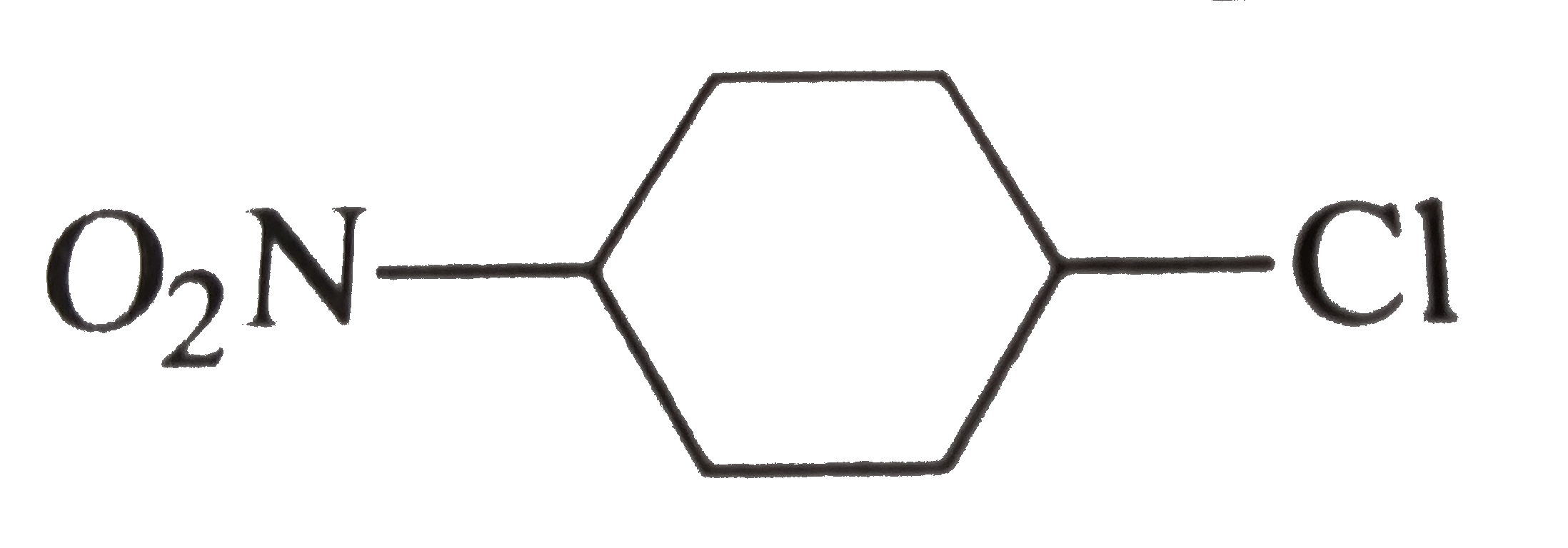Statement : In a diatomic molecule involving two like atoms covalently bonded with each other , bond energy =2× heat of formation of atom.
Explanation : H2→2H,eH−H=ΔH
The correct Answer is:c
Heat of formation of H− atom =ΔH2=eH−H2
Topper's Solved these Questions
- BOOK - P BAHADURCHAPTER - THERMOCHEMISTRYEXERCISE - Exercise 9 Advance numerical problems31videos
THERMOCHEMISTRY
- BOOK - P BAHADURCHAPTER - THERMOCHEMISTRYEXERCISE - Exercise 7 Comprehension based objective problems12videos
THERMOCHEMISTRY
- BOOK - P BAHADURCHAPTER - REDOX REACTIONSEXERCISE - Exercise(8) Statement:Explanation type problems19videos
REDOX REACTIONS
- BOOK - P BAHADURCHAPTER - THERMODYNAMICSEXERCISE - Exercise232videos
THERMODYNAMICS
Similar Questions
Knowledge Check
- Question 1 - Select One
Bond energy of covalent O−H bond in water is
AGreater than bond energy of H - bondBEqual to bond energy of H - bondCLess than bond energy of H - bondDNone of these - Question 2 - Select One
If H2(g)<⇒2H(g)
Then heat of atomization of H2 isA52 kcalsB104 kcalsC20 kcalsDnone of the above - Question 3 - Select One
The two nitrogen atoms is the N2 molecule are joined with each other by ……………… covalent bonds.
AfourBthreeCsixDtwo
What is a covalent bond ? How many covalent bonds are present in the following molecules ?
C2H6,CO2,N2andNH3View SolutionThe dipole moment of HBr is 2.6×10−30Cm and interatomic spacing is 1.41A What is the percent ionic character of HBr
(b) A diatomic molecule has μ=1.2D Its bond distance is 1.0A What fraction of electronic charge exists on each atom?
(c ) In water, (H−OH) bond angle is 105∘ The distance between (O−H) is 0.94A.μ of H2O=1.85D Determine the magnitude of the charge on the oxygen atom in water molecule and hydrogen atom
(d) BI3 is a symmetrical planar molecule, all the (B−1) bonds lie at 120∘ of each other. The distance between the I atoms is 3.54 A the radius of covalently bonded I atom is 1.33A Estimate the covalent radius of boron
(e) Calculate the dipole moment of the following compounds
 .View Solution
.View SolutionThe number of covalent bonds in a molecule of ethylene (C2H4) is
View SolutionIn which of the following compound Cl-atom is involved in H-bonding :
View SolutionThe bond dissociation energy of a diatomic molecule is also called bond energy. However, the bond dissociation energy depends upon the nature of bond and also the molecule in which the bond is present. The bond energy N-H bind in NH3 is equal to one-third of the energy of dissociation of NH3 because there are three N-H bonds and those of C-H bond in CH4 is equal to one-fourth of the energy of dissociation of CH4 Heat of a reaction = Bond energy of reactants - Bond energy of products
The enthalpy changes for the reaction H2O(g)→H(g)+OH(g) and OH(g)→O(g)+H(g) are 501.87kJmol−1 and 423.3kJmol−1. The bond enthalpy of O-H bond isView Solution

